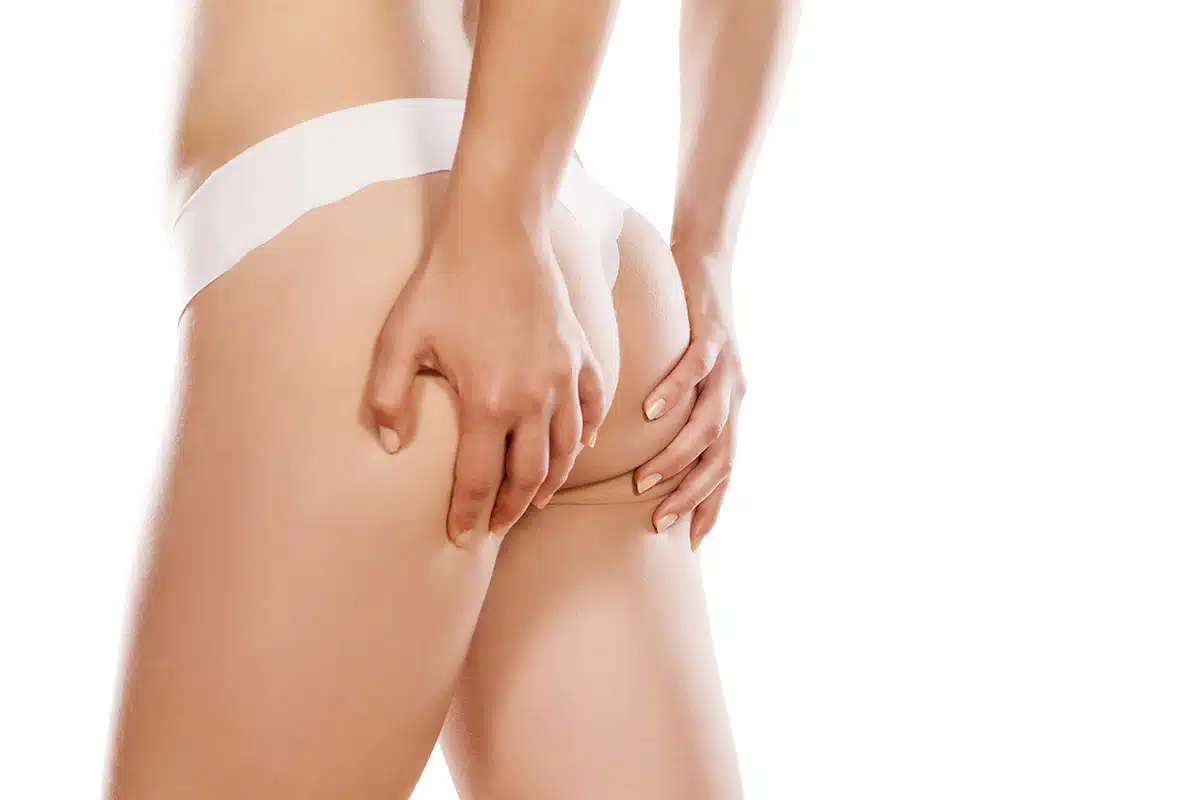
Many people seek buttock enhancement. They desire a fuller, more defined shape. Two main approaches exist. Surgical options involve fat transfer (BBL) or implants. Non-surgical options include injectable fillers. Each method has a unique recovery. Understanding these differences is key. Your choice impacts your post-procedure journey. Recovery is a critical part of the process. It influences the final aesthetic result.
Immediate Post-Procedure Experience
The hours right after surgery are crucial. You will likely feel groggy from anesthesia. Some pain and discomfort are normal. Swelling and bruising are expected. Compression garments will be applied. These help reduce swelling. They also support the new contours. Drains might be present if liposuction was extensive. These remove excess fluid. Your medical team monitors you closely. They provide pain medication. Rest is paramount during this time.
Managing Discomfort and Pain
Pain management is a priority. Your surgeon will prescribe medication. Take it as directed to control discomfort. Over-the-counter pain relievers can help later. Do not self-medicate beyond instructions. Some tightness and soreness are normal. This sensation lessens daily. Report any severe or worsening pain. This could indicate a complication. Staying ahead of the pain helps. It allows for better rest and healing.
The Importance of Pressure Avoidance
Avoiding direct pressure is critical. This applies especially to BBL patients. Sitting directly on your buttocks can harm fat cells. It can compromise their survival. Special BBL pillows are often recommended. These redistribute pressure to your thighs. You should also sleep on your stomach. Side sleeping is another option. Follow these instructions diligently. This practice maximizes fat graft survival. It protects your investment.
Wearing Your Compression Garment
Compression garments are essential. They help reduce swelling effectively. They also provide crucial support. Wear it as directed by your surgeon. This is usually for several weeks. Removing it only for showering is common. The garment aids in shaping your new contours. It minimizes fluid accumulation. Proper fit is very important. Too tight can impede circulation. Too loose won’t provide benefits. Discuss any discomfort with your team.
Resuming Daily Activities Gradually
Activity levels increase slowly. Rest is crucial in the first week. Light walking is encouraged soon after. This prevents blood clots. Avoid strenuous activities initially. No heavy lifting or vigorous exercise. Your surgeon will provide a timeline. This varies based on the procedure. Listen to your body carefully. Pushing too hard can delay healing. Gradually reintroduce normal routines. Patience is key for full recovery.
Dealing with Swelling and Bruising
Swelling and bruising are normal parts of recovery. They can be extensive initially. Swelling often peaks a few days post-op. It then gradually subsides over weeks. Bruising will change color as it heals. It might last for several weeks. Applying cold compresses can help. Elevating your body can also reduce swelling. Stay hydrated to aid in recovery. Persistent or worsening swelling needs attention. Report concerns to your surgeon promptly.
Hydration and Nutrition During Recovery
Proper hydration is vital for healing. Drink plenty of water daily. This aids in flushing out toxins. It supports healthy tissue repair. A balanced, nutritious diet is important. Focus on protein for tissue regeneration. Include fruits and vegetables for vitamins. Avoid processed foods and excessive sugar. These can hinder the healing process. Good nutrition supports your body’s efforts. It helps reduce inflammation.
The Evolution of Final Results
The initial results are not final. Swelling distorts the true outcome. The transferred fat cells need to settle. Some fat reabsorption naturally occurs. This happens over several months. Final results typically appear around 3-6 months. For fillers, multiple sessions build volume. The full effect emerges gradually. Patience is essential to appreciate the transformation. Your body needs time to adapt.
Managing Emotional Aspects of Recovery
Recovery is also an emotional journey. Swelling and bruising can be disheartening. Results are not immediate, which can be frustrating. You might feel impatient or anxious. It’s normal to have these feelings. Seek support from friends or family. Maintain open communication with your surgeon. They can reassure you. Remember your initial motivations. Focus on the long-term goal. These emotions are temporary.
Long-Term Care and Maintenance
Maintaining your results requires effort. A stable weight is crucial. Significant weight changes affect shape. Continue a healthy diet and exercise. Protect your skin from sun damage. Regular follow-up appointments are important. Your surgeon monitors your progress. They can offer advice on maintenance. For fillers, touch-up sessions are needed. This sustains the desired volume. Long-term care ensures lasting satisfaction.
Butt enhancement recovery demands patience and adherence, focusing on pressure avoidance and gradual activity for optimal, lasting results.
